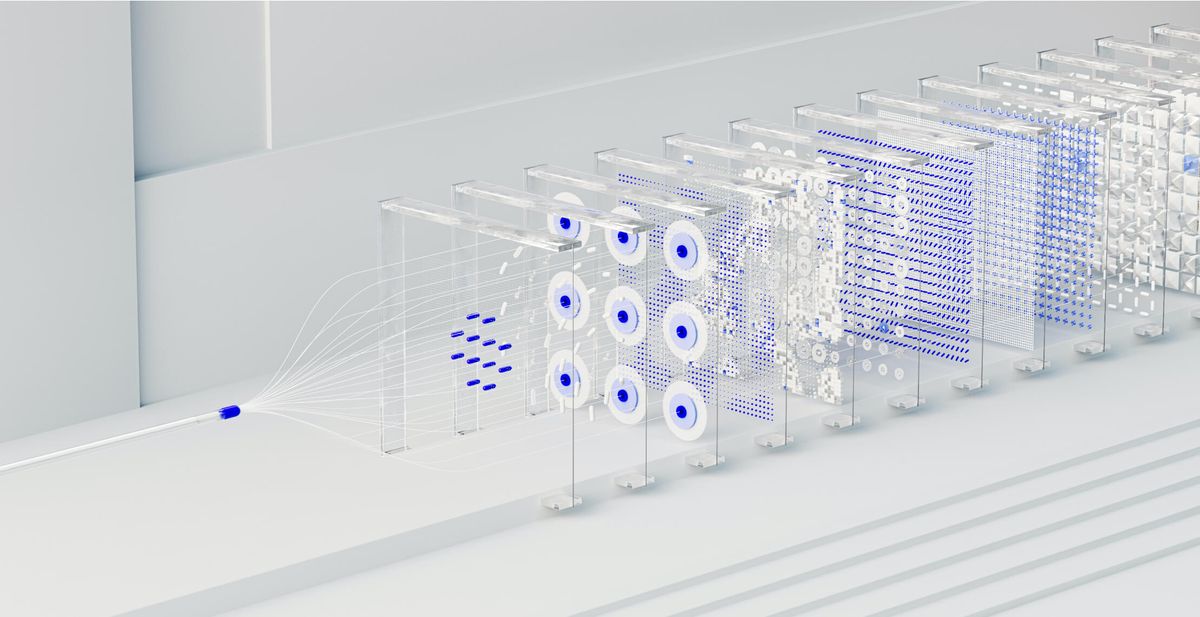
What images come to mind when you think of artificial intelligence? Code streaming on screens? Robots shaking hands with humans? Glowing blue brains? These AI tropes permeate stock photos, ad campaigns, TV and movies - but they provide a narrow, often misleading view of AI. To combat this, Google's DeepMind has launched Visualising AI, a bold project reimagining AI visuals.
Drawing from the richness of artistic expression, Google DeepMind has partnered with artists to broaden the representation of AI. The goal is to move beyond the familiar, often limiting visual tropes and delve into a more nuanced portrayal of AI's role in our world. This includes capturing its scientific, ethical, and societal facets.
Since its launch, 13 artists have contributed over 100 artworks to "Visualising AI", which have collectively amassed over 100 million views and 800,000 downloads. Moreover, these artworks have found their way to multiple platforms, from media publications to research papers, highlighting the public's hunger for new AI visuals and the pressing need for a fresh visual dialog around AI.
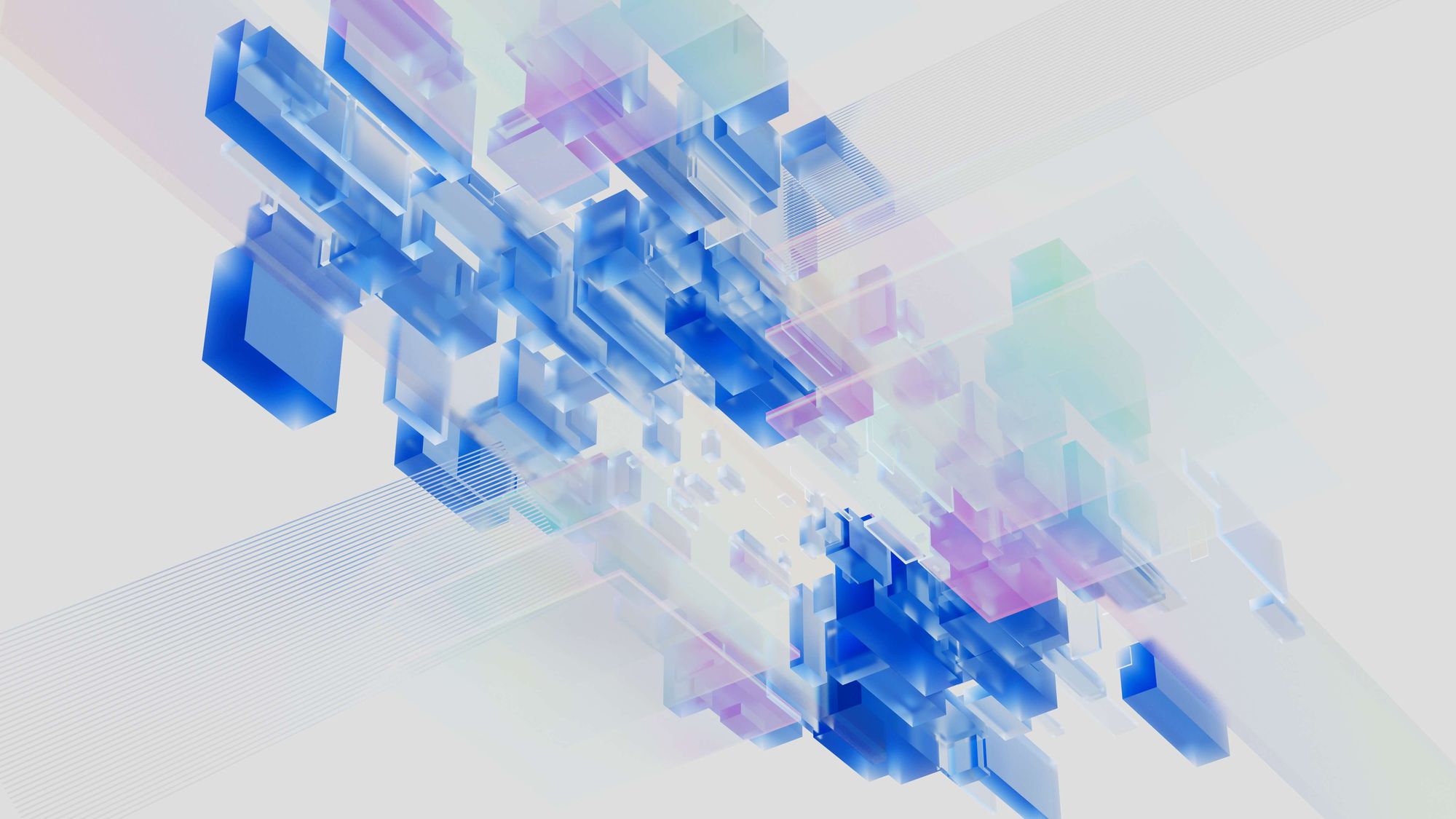
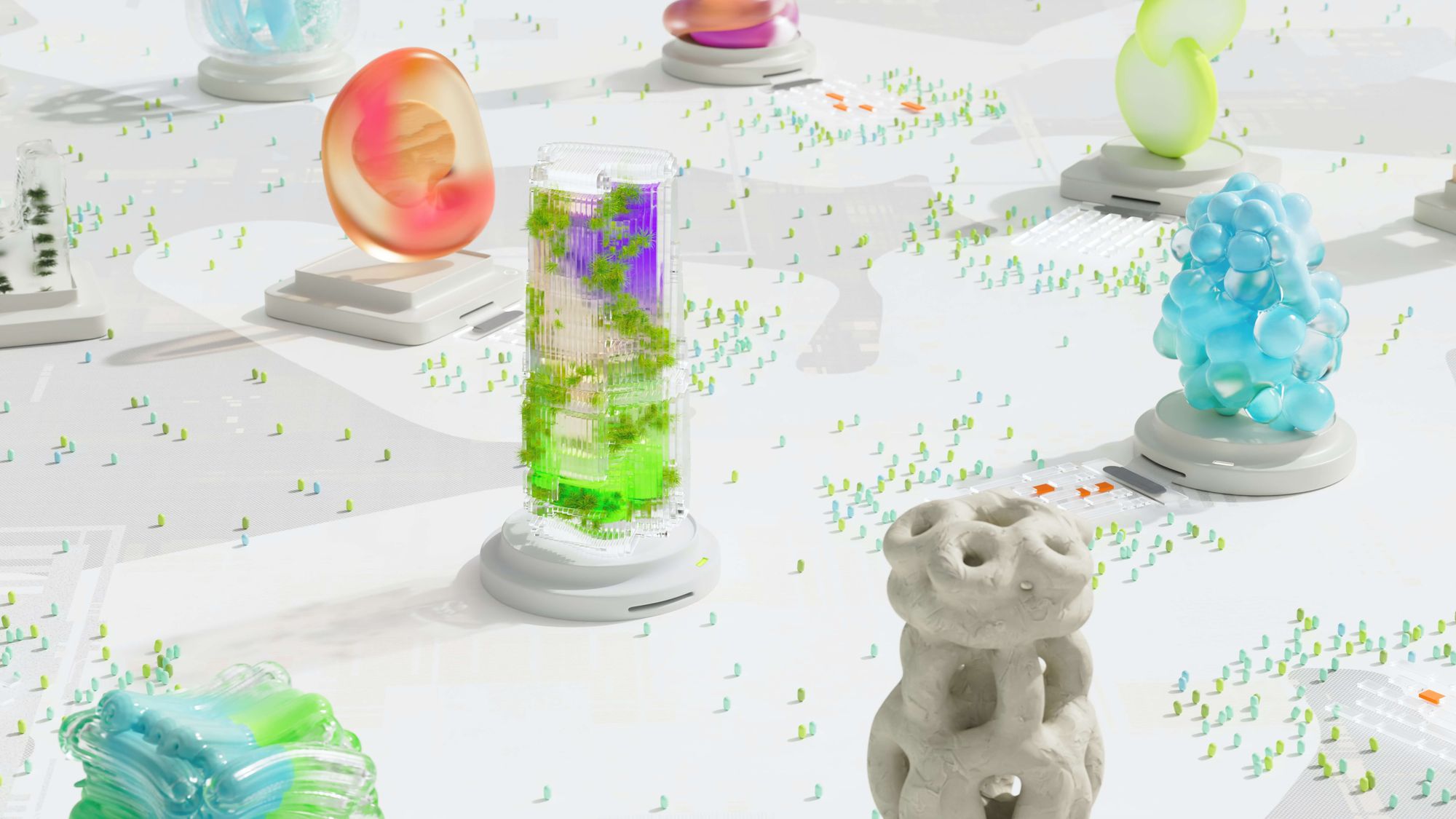
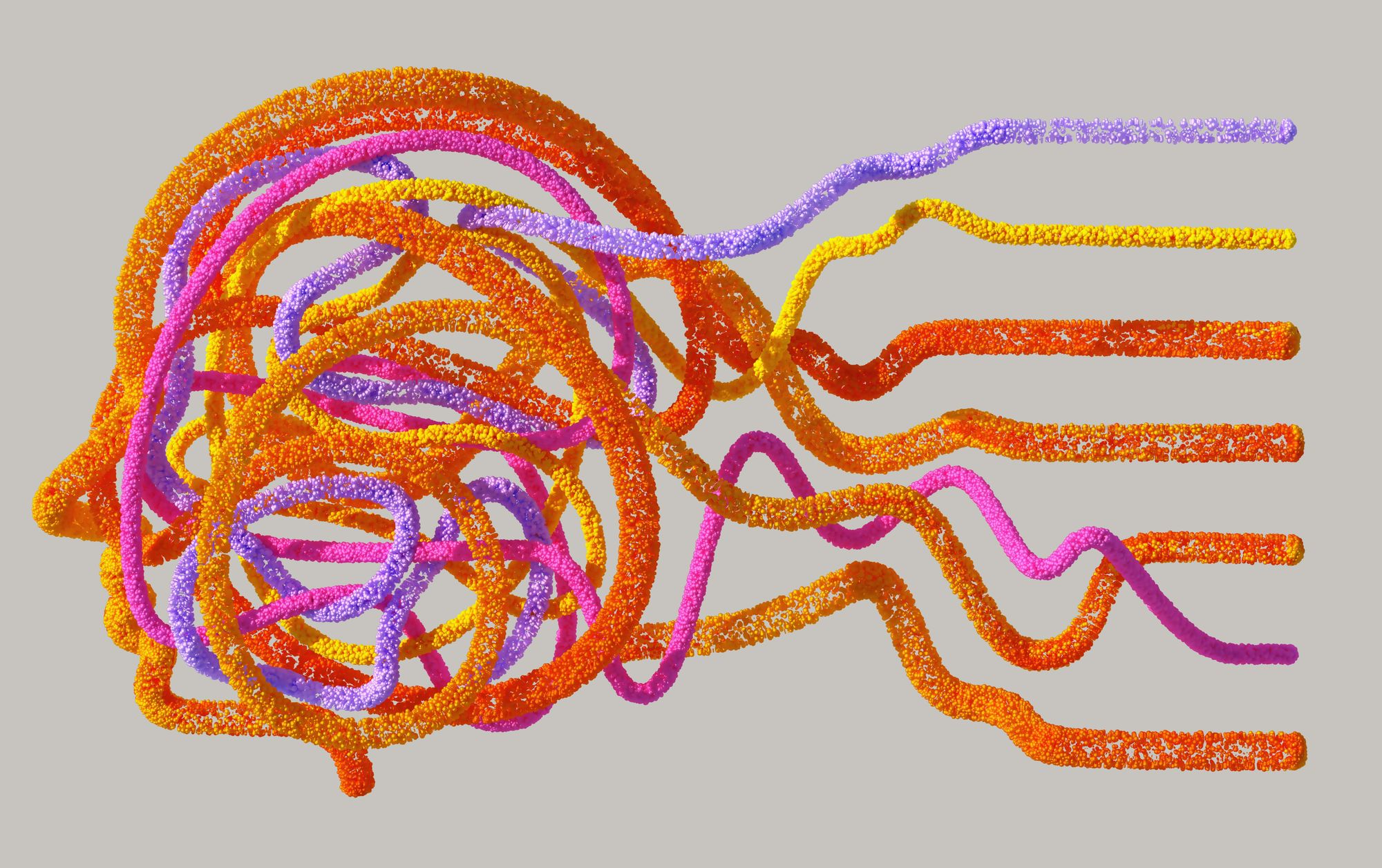
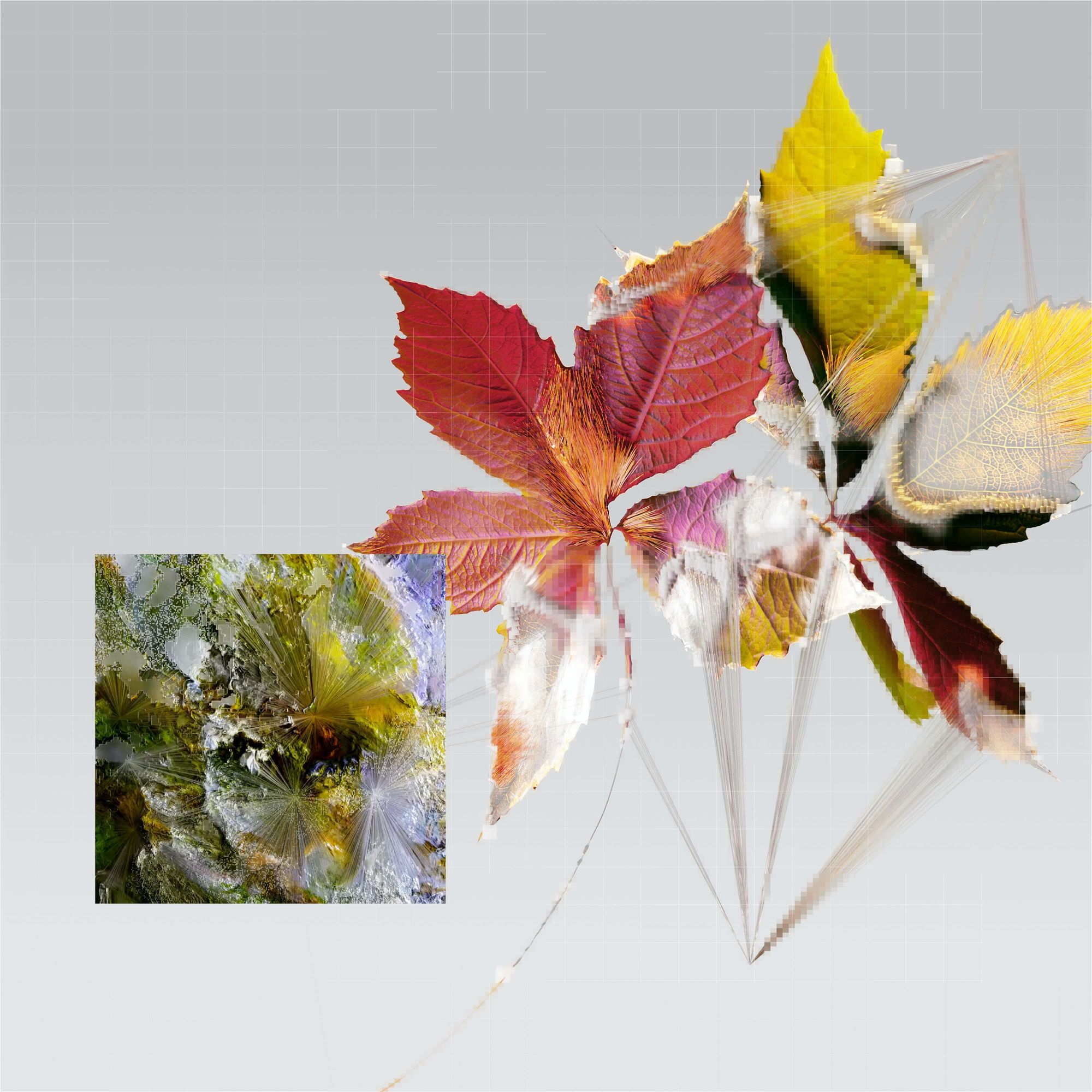
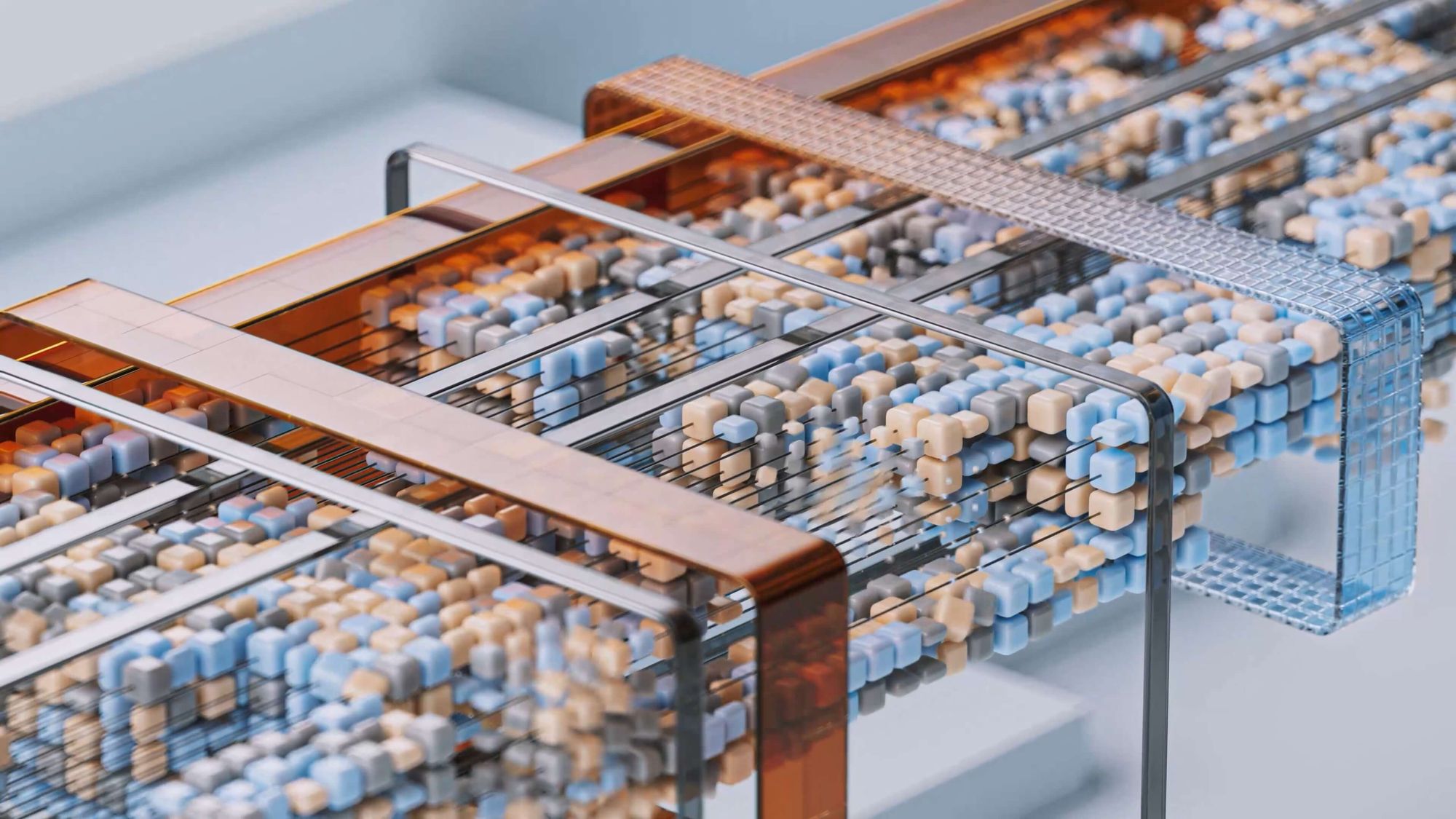
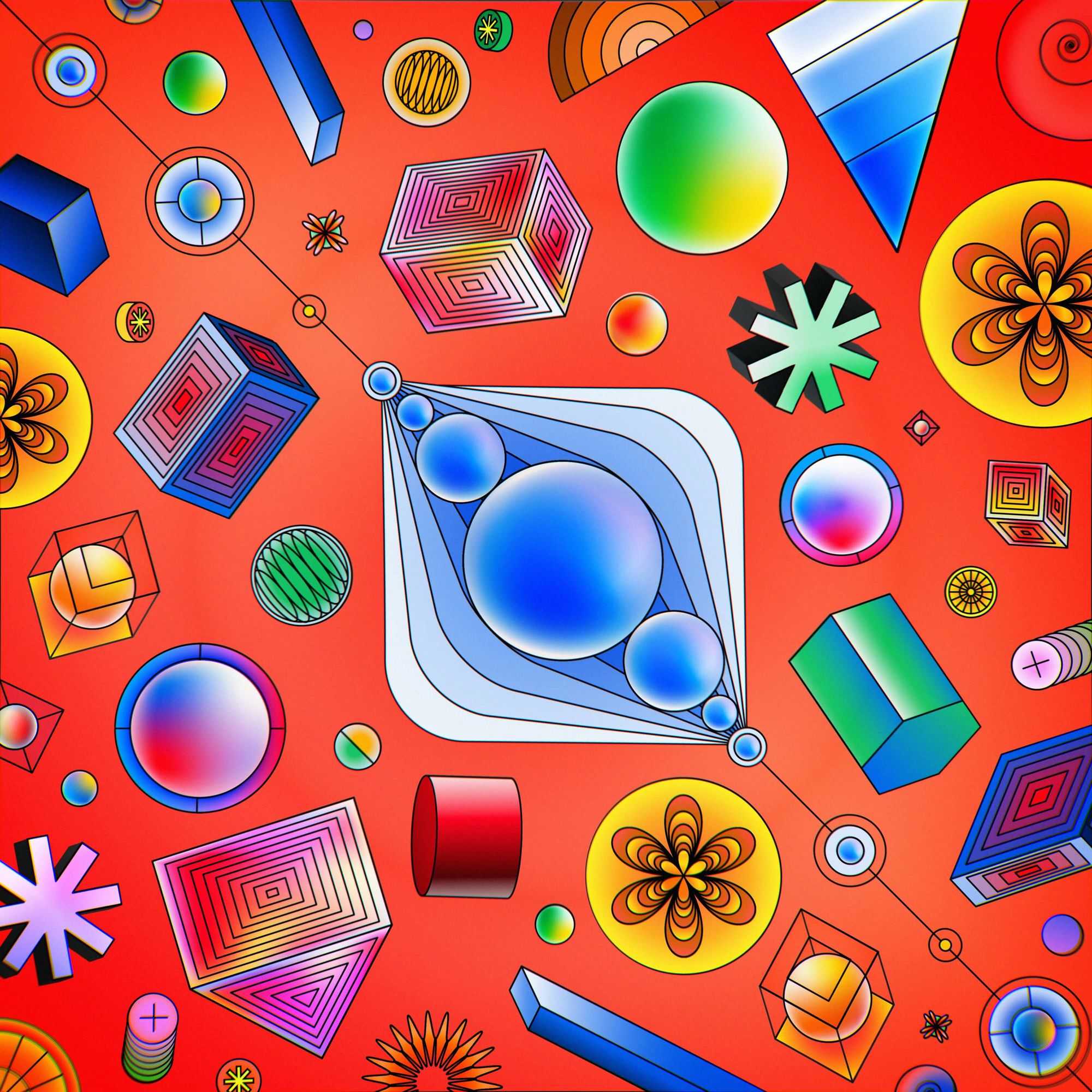
AI's portrayal is not just an aesthetic choice. The repeated use of particular images, especially in journalistic contexts, shapes public perception. Current representations can inadvertently set unrealistic expectations for AI's capabilities and, perhaps more critically, can fail to reflect the diversity of voices and experiences in the AI community. Such homogeneity risks furthering societal inequalities and reinforcing biases, especially when these portrayals lack global or underrepresented perspectives.
Why do stereotypes like robots and code dominate AI visuals? What if AI's imagery could be as diverse, dynamic, and intricate as the technology itself? "Visualising AI" does precisely that. By commissioning artwork from global artists and backing their creativity with insights from DeepMind's scientists, engineers, and ethicists, this project showcases a spectrum of AI interpretations.
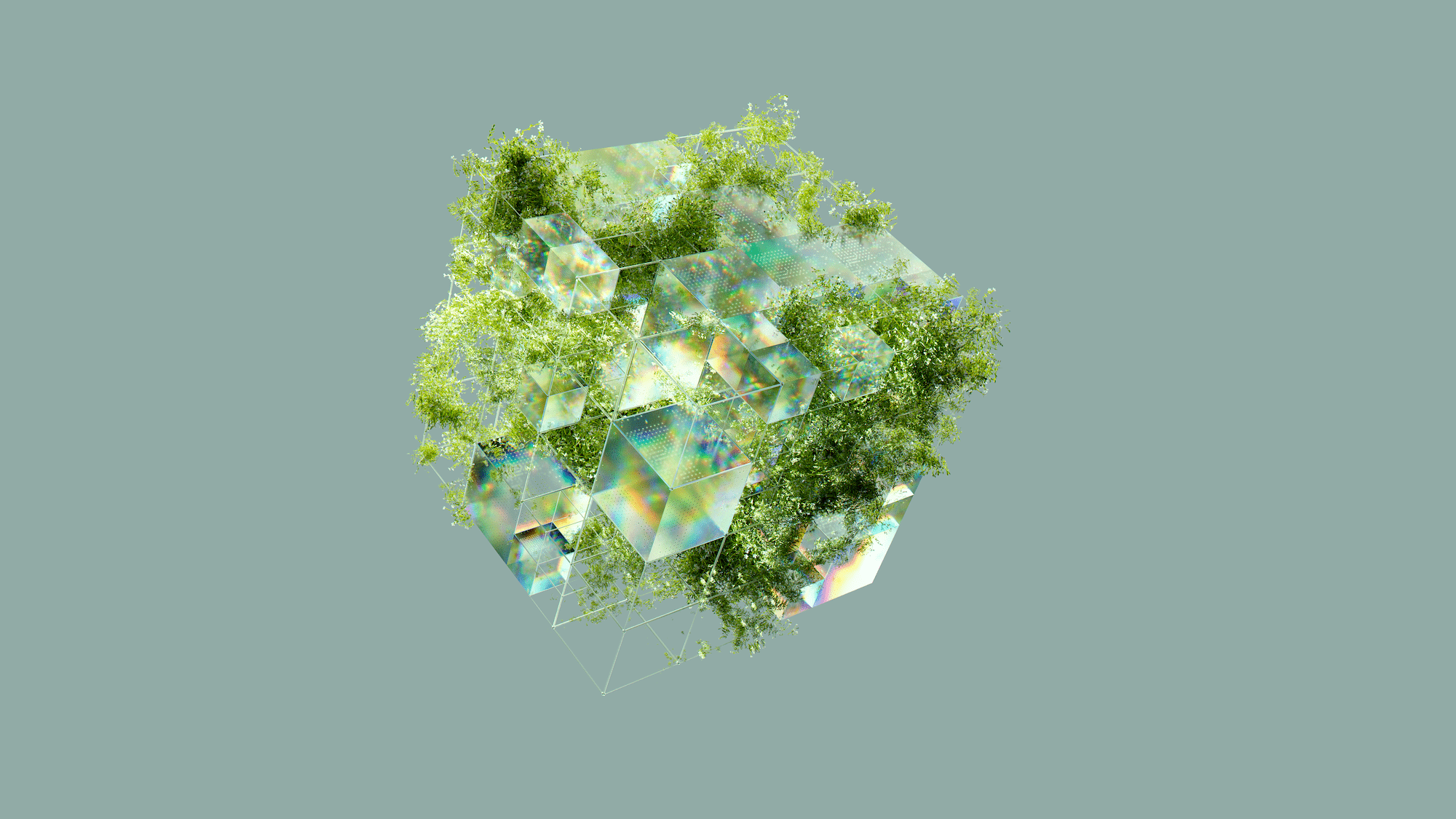
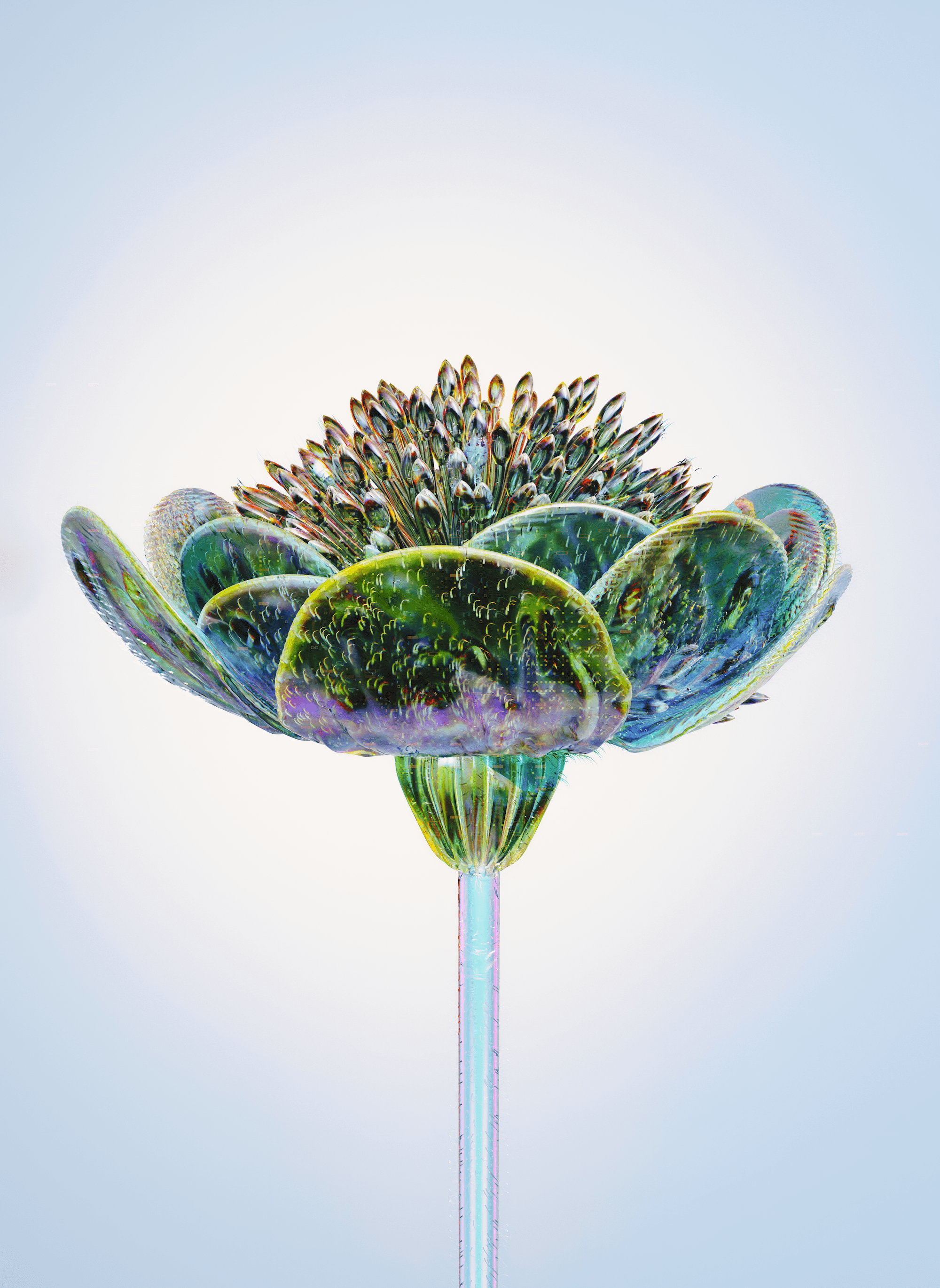
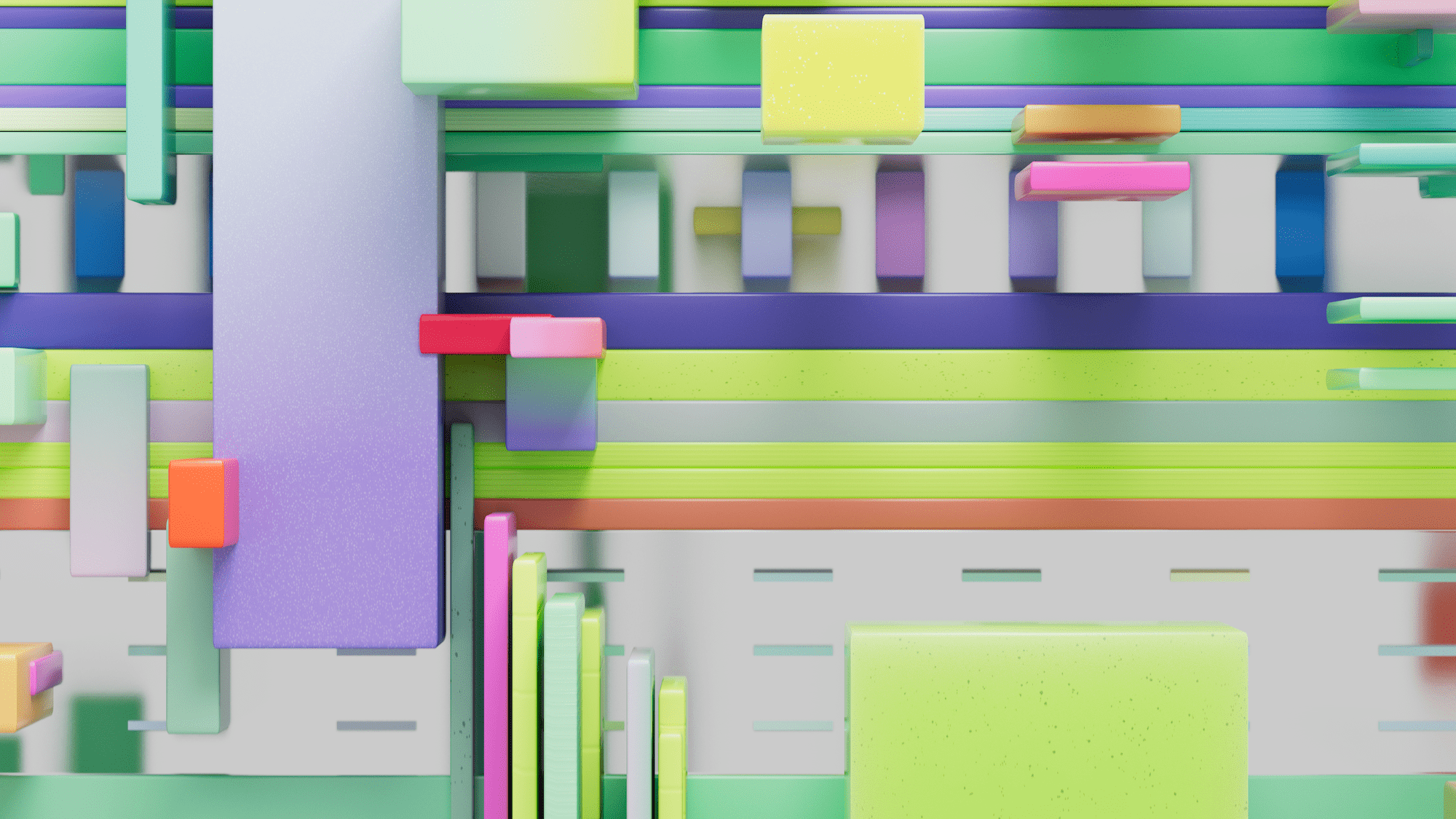
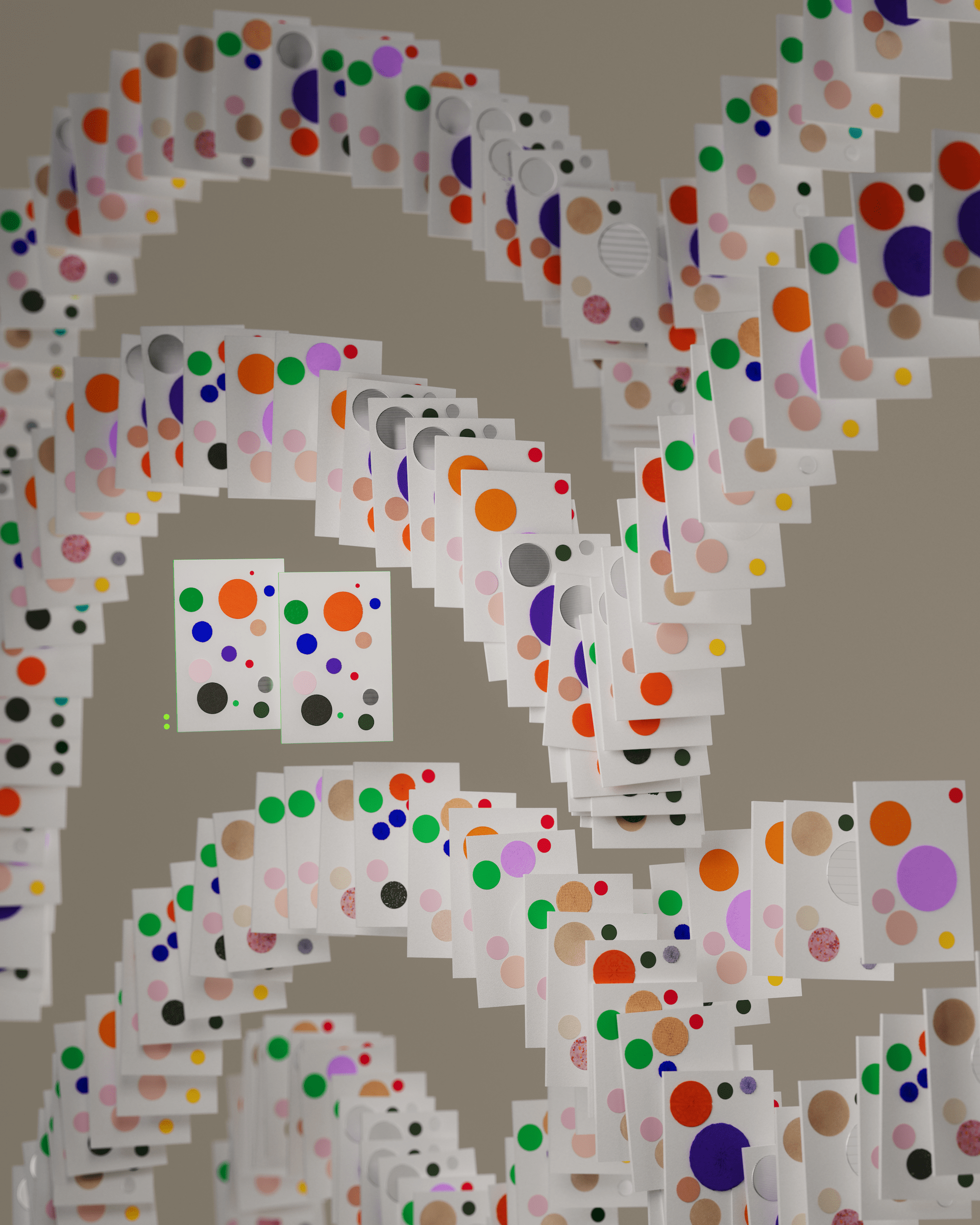
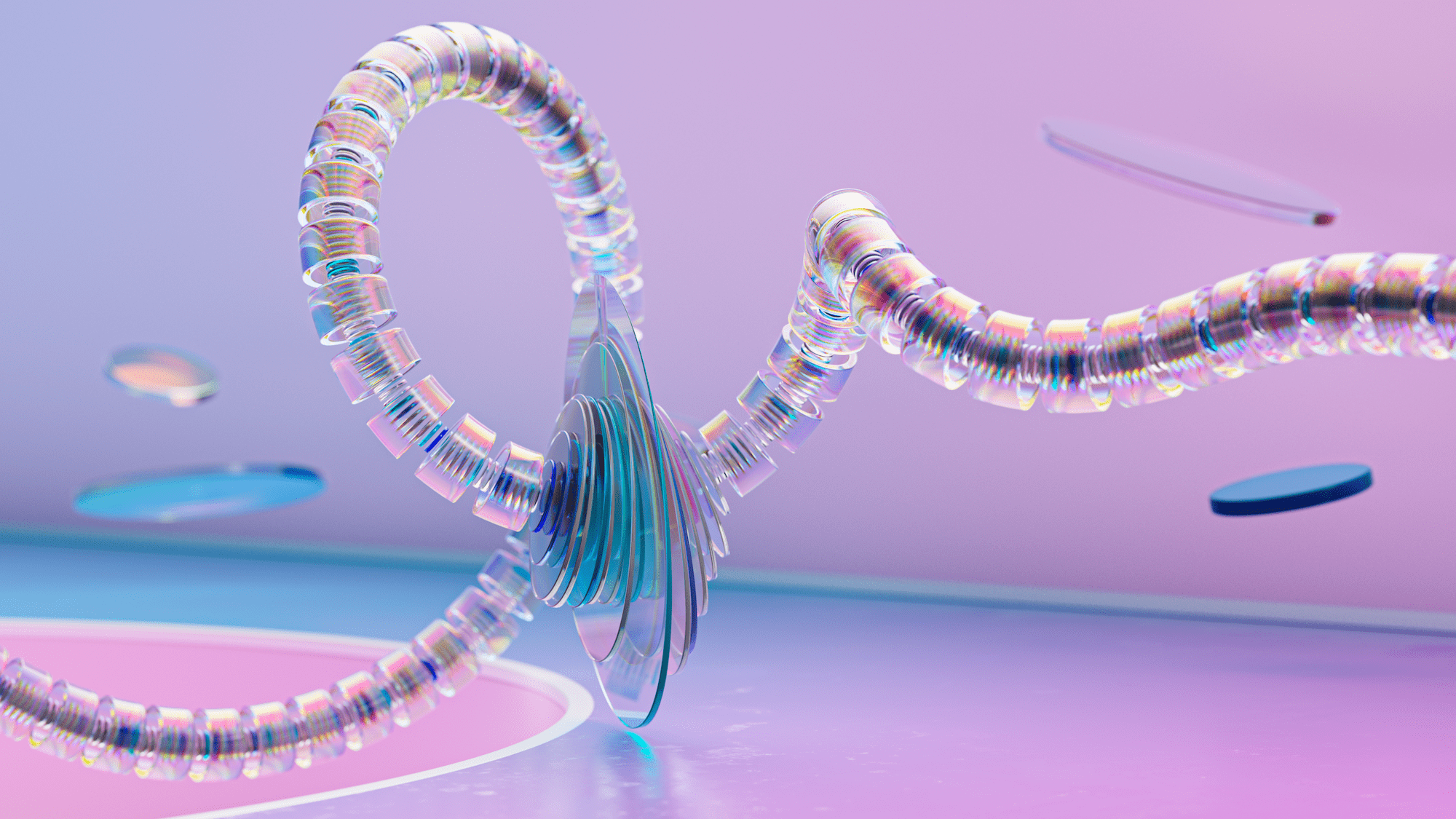
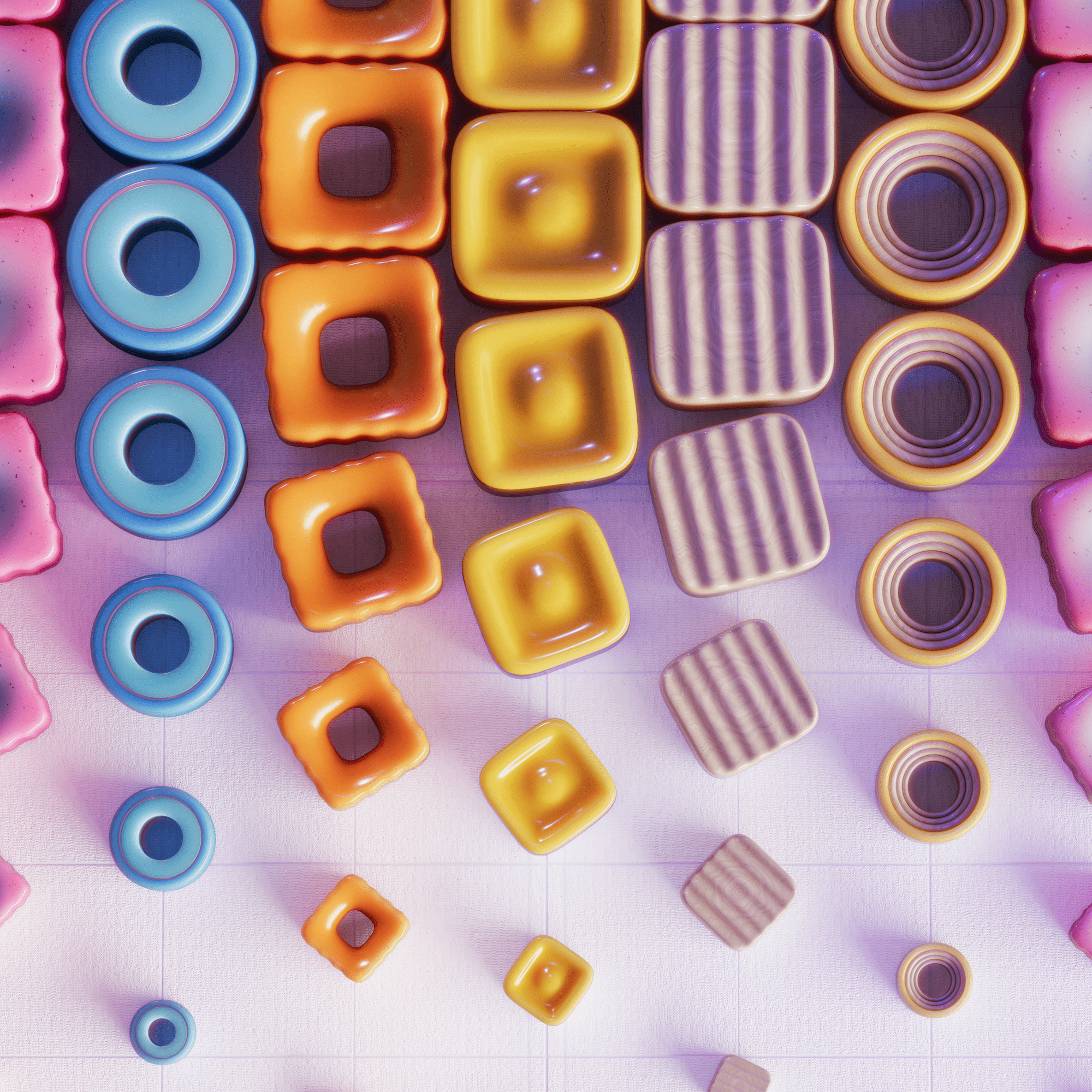
To break conventions, Visualising AI gave artists total creative freedom. By depicting their interpretations of AI, the artworks provide a more multi-dimensional picture. Spanning robotics, neuroscience, climate, creativity and beyond, the artworks add nuance and context to thorny AI debates.
At its core, Visualising AI recognizes imagery's power to shape societal narratives about AI. More representative visuals are the first step to opening conversations about AI's future.
All the artworks, encompassing both images and motion graphics, have been made freely available on platforms like Unsplash and Pexels.

